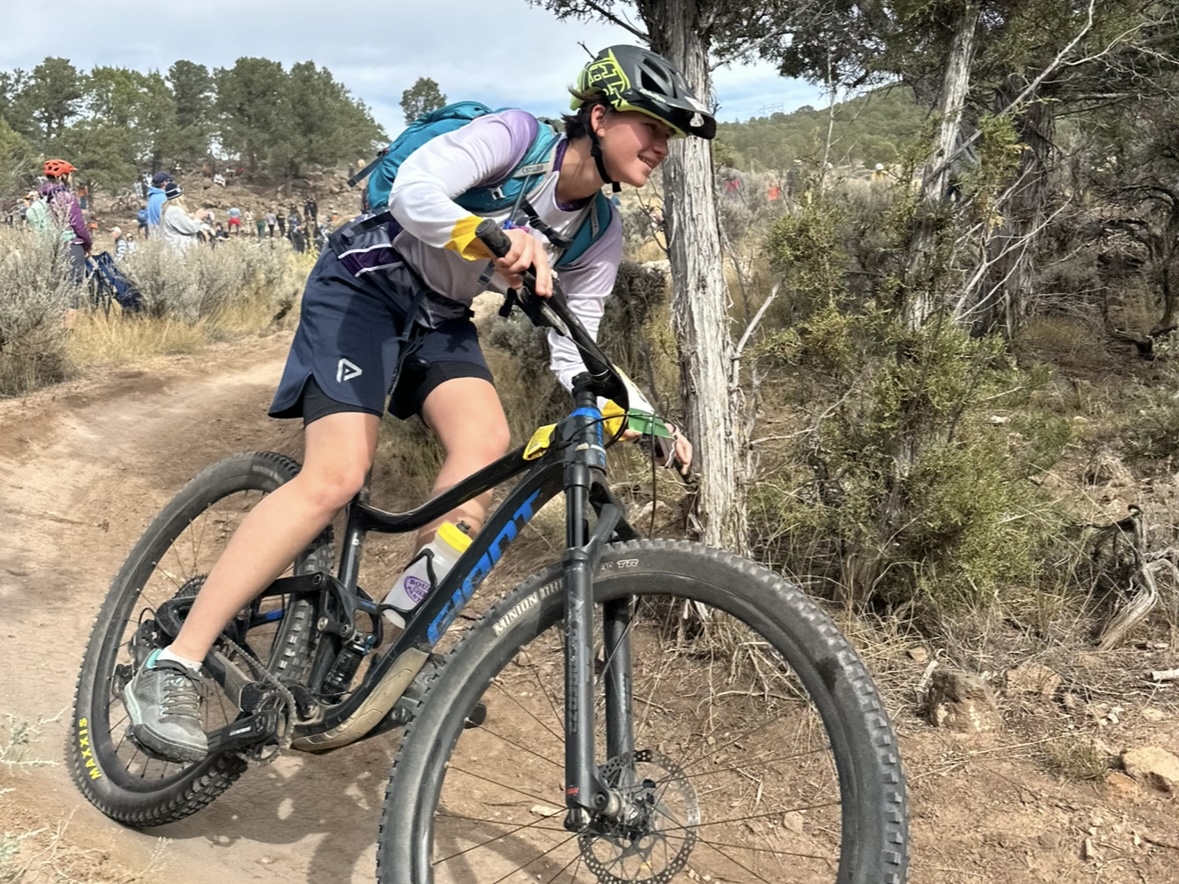When I first joined the BHS mountain biking team, I was shocked to see not only how many people were biking around Boulder, but also how the public passageways were built to accommodate bikers themselves, and the size of the Valmont community bike park itself. I mean, a whole park dedicated to biking around and doing crazy dirt jumps—before I went to Boulder High, I never thought a place like that existed. This got me thinking: how exactly did this whole craze start? What has the city done to keep this craze alive? Most importantly, where does our school fit into this whole situation?
Historically responsible for this local obsession was the Red Zinger Cycling Classic, the first bicycle race in Boulder County. Named after one of Celestial Seasonings’ signature teas, it was this legendary race that I believe ignited this movement in Boulder in 1975. The course was set through North Boulder Community Park, bringing several distinguished bikers from all over the state—and some, even, from out of the country—to race in the middle of Boulder.
One of them was Davis Finney, a Boulder native, who lived only a couple blocks away from the site of this historic event. On the morning of the race, Finney and the other 99 bikers lined up, rearing to go. The checkered flag dropped and the racers gushed out like a flood, all the bikers pounding their legs to the pedals, speeding forward. But only one was fated to win. As the contestants sprinted towards the finish line, Finney pushed forward, gaining yards until Finney was the first person to cross the line.
Even though the name was changed when Coors Classic took full control, the legendary race remained the magnet that attracted bikers all over Colorado to Boulder, the coal that keeps the fire of biking in the hearts of the Boulder community .
Over the years, our city has done several things to integrate biking into our culture and society, such as creating the Valmont public park in 2011, continuing the annual B360 and B180 races, and executing the 2014 Transport Master Plan. The draft for this plan was first introduced in 1989 as a blueprint designed to create a mobile and active motorway plan while following goals set by the community to increase sustainability and the quality of life around Boulder. Part of the plan was to expand and improve the existing bike lanes by adding the bike lane buffers to safeguard the main travel lanes. Creating a standard and unique bike pattern decreases the likelihood of drivers to mistake them for park lanes and risk potential injuries. Another method that the city has used to make biking a more safe and encouraged endeavor was to establish multi-use paths, wide sidewalks designed to accommodate both walkers and bikers while keeping them separated from oncoming traffic.
Separate from the city, one of the main organizations that maintains this craze is our very own mountain biking team. We are the biggest mountain biking team in the state and third biggest in the whole country. But this is not the main reason why we encourage the people of Boulder to support this craze. When I asked about how exactly the team encourages others to hop into the saddle, coach Anthony Claudia responded, “When people see over 150 student-athletes out riding together, pushing themselves, supporting each other, and having fun—it turns heads. We inspire younger kids, parents, and even veteran cyclists in our community to get involved or get back on the bike.”
With this county’s rich history in biking and a literal urging from the government, it’s hard to refuse taking your 29-inch and going for a spin yourself. Boulder citizens are lucky to have these aspects of their lives . It’s something that, as far as I know, can only be found in Boulder. So grab a friend, get your bike and get some air on the jumps at Valmont. Without breaking your neck.



